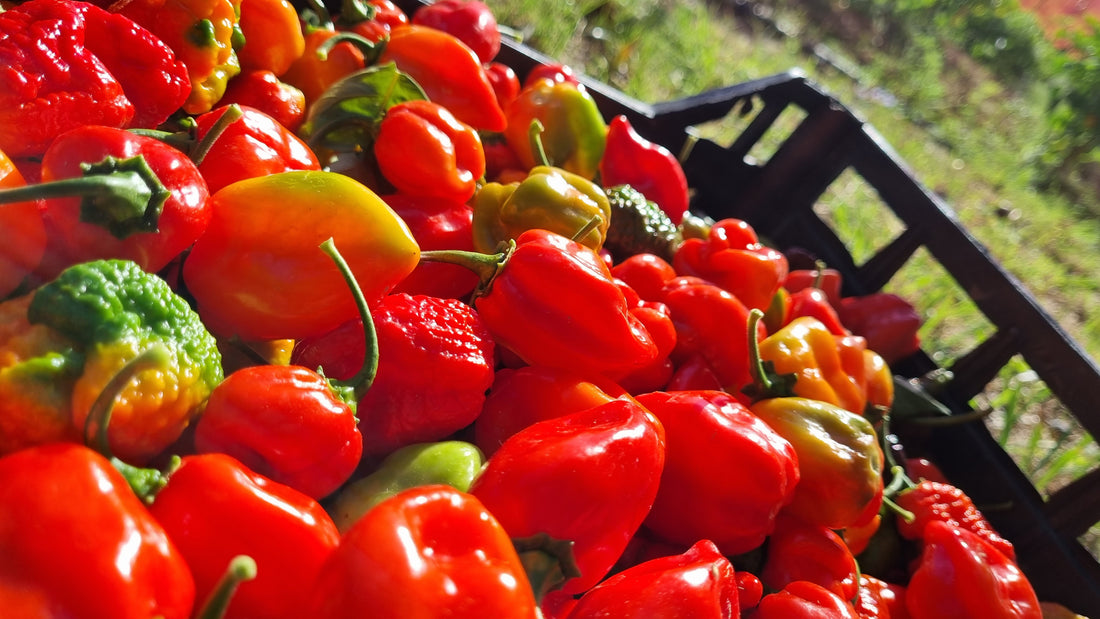The Habanero Red pepper is a variety of pepper belonging to the Capsicum Chinense species.
Its name comes from the word "Havana", as it was originally from the Central American region, but was then spread throughout the world through colonization and trade.
The Habanero Red pepper is characterized by round and elongated fruits, medium in size and bright red when ripe. The plant grows up to 60-90 cm in height and has large, fleshy leaves. Its spiciness is mainly due to capsaicin, a chemical compound found mainly in the seeds and in the internal part of the fruit. The concentration of capsaicin in Habanero Red can range from 300,000 to 350,000 Scoville units.
Habanero Red is a very versatile variety of chili in the kitchen, and is used to prepare sauces, marinades, gravies and stews. Its spiciness and intense aroma make it particularly suitable for Mexican, Caribbean and Tex-Mex cuisine.
Growing Habanero Red requires a warm, sunny climate with temperatures ranging between 20-30 degrees Celsius. The plant needs good drainage and fertile and well fertilized soil to obtain good fruit production. Furthermore, it requires regular watering and good ventilation to avoid the formation of humidity and the proliferation of fungal diseases.
The Habanero Red pepper is a variety with medicinal as well as culinary properties. The capsaicin contained in fruits has antioxidant, anti-inflammatory and analgesic properties, and may help reduce the risk of heart disease and type 2 diabetes.
In addition to the health benefits, the Habanero Red pepper is also used in some cultures as a natural remedy for the treatment of headaches, body aches and joint pains. Furthermore, capsaicin has thermogenic properties, i.e. it increases body temperature and therefore metabolism, which can help burn fat and increase energy expenditure during exercise.
Additionally, Habanero Red pepper may also have antimicrobial properties, as the capsaicin is able to kill some bacteria and fungi. This makes it a useful ingredient in food preservation, both as a natural preservative and as an alternative to chemicals.
As far as cultivation is concerned, the Red Habanero is a fairly resistant plant and tolerant of climatic conditions, but to obtain good fruit production it is important to provide them with good exposure to the sun, good soil drainage and good ventilation. In addition, it is important to provide them with a balanced fertilizer and adjust watering according to the needs of the plant. Sowing can be done in seedbeds or directly in the garden, and the fruits ripen in about 70-80 days from sowing.





